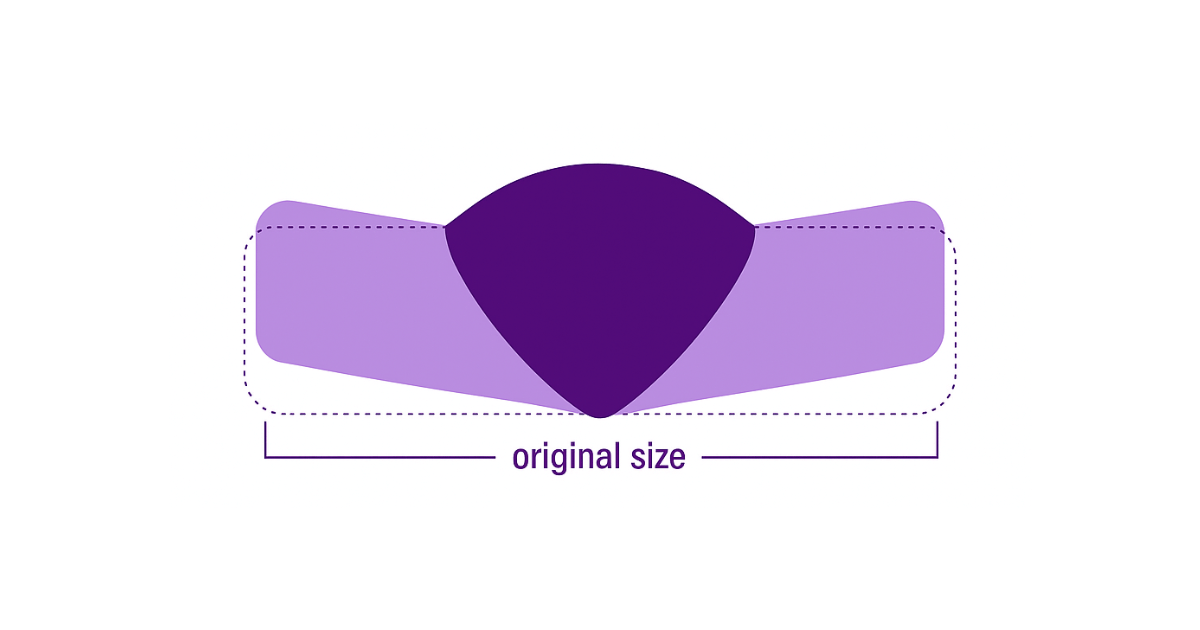Submerged Arc Welding processes employ a granular flux that is dispensed onto the weld area to protect the molten weld and arc zone from atmospheric contamination. A thick layer of flux is typically put down during the welding process to completely cover the molten metal, preventing weld spatter and sparks from developing during welding.
As a result, the intense light generated by other welding processes is not visible in Sub Arc welding. Without the presence of an active light source, the scene of the welding environment is rather dark, as there is no need for illumination.
Therefore, a low-light camera is needed with enough sensitivity to properly image the Sub Arc welding process and allow the operator to see the process and verify that all the parameters of the welding process are in place: weld head to seam alignment, sufficient flux, wire feed, torch angle, etc. To improve visibility of the darker areas of the weld environment, auxiliary lighting often must be used to brighten up the scene for imaging to occur.
To provide a more-efficient solution, Xiris has developed the XVC-S, a robust Weld Camera system specifically designed for imaging the low-light conditions of Sub Arc welding applications. The XVC-S is also engineered to operate in the high-temperature, high-voltage, hazardous environments typical of metal working and other industrial materials processing. The affordable system features a rugged industrialized housing with air cooling, built-in solid state lighting, crystal-clear images, and an industrialized flat screen monitor with a reference crosshair generator and an adjustable field of view.
 Xiris XVC-S Image for Sub Arc Welding
Xiris XVC-S Image for Sub Arc Welding
Why use a Weld Camera for Sub Arc Welding?
Workforce demands, government regulations, changing business practices, and increasing environmental awareness are driving the manufacturing environment to be quieter, cleaner, healthier, safer, and “friendlier” for workers. The health and safety best-practice trend is for end users to remove operators from the immediate weld area.
The XVC-S Weld Camera allows the Sub Arc welding process to be viewed remotely, providing clean, noise-free, real-time views during standard and high welding power conditions. Using a Weld Camera during setup helps the operator to set the wire length and torch position. During run time, the camera assists the operator to make continuous corrective actions, increasing productivity with more “arc on” time and less machine stops.
When equipped with a set of graphical crosshairs, as the XVC-S is, the Sub Arc Weld Camera can be used by the operator to determine the ideal horizontal position of the seam or weld tip and the best vertical position (or standoff) of the weld tip relative to the work pieces.
Conclusion
Using a technologically advanced Weld Camera for Sub Arc welding allows progressive manufactures to implement best-of-class manufacturing processes that enable operators to view the welding process in real time remotely, where it is safer and more efficient to monitor and control welding automation equipment.






